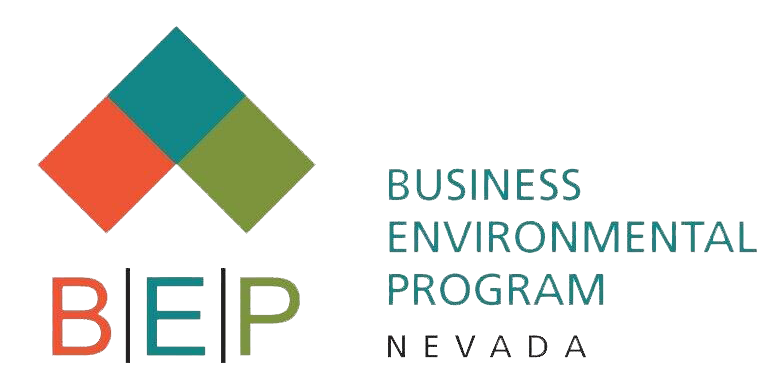Large quantity generators (LQGs) of hazardous waste are required every other year to report to the State of Nevada and the US Environmental Protection Agency (EPA) on their generation activities. US EPA aggregates this information and allows website users to view trends of the data in several different ways.

By looking at all Nevada LQGs included in the National Biennial Report (see above chart), we can see that hazardous waste generation by LQGs has fluctuated quite a bit between reporting periods but the overall trend has been an increase in hazardous waste generation since the Great Recession. By 2019, hazardous waste generation has more than doubled since 2011. This is partly explained by the greater number of generating facilities and likely increases in production as the economy recovered. Regardless of the reasons for the increases, now is a great time for facilities to look for opportunities to minimize the amounts of hazardous waste they generate.
Why? Hazardous waste is more expensive to dispose than other wastes, so generation has a direct negative impact on any company’s bottom line. By implementing a program to reduce hazardous wastes, companies can reduce their operating costs, lessen their environmental footprint, and fulfill their regulatory requirement to implement a waste reduction program, see 40 CFR 262.27.
Reminder, if you generate hazardous wastes as an LQG, you certify on every hazardous waste disposal manifest that you have a hazardous waste minimization program in place and are making efforts to reduce your waste generation.
If your facility is generating hazardous waste, do you have a program in place to reduce and minimize that waste?
Contact BEP and we can help you develop and implement a waste management plan or fine tune your existing program to reduce hazardous waste generation.
Visit our website to learn more about hazardous waste management.
